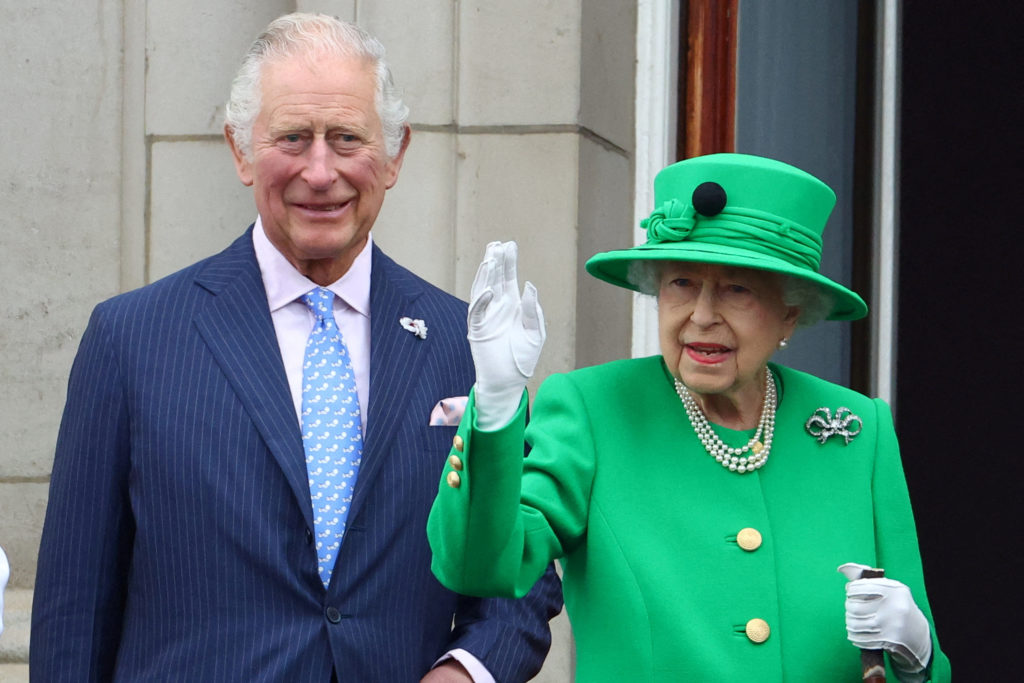King Charles III will succeed Queen Elizabeth II. Who is next in line to take the throne?

Queen Elizabeth, the longest-reigning monarch in British history, has died at the age of 96.
READ MORE: Queen Elizabeth II, Britain’s longest-reigning monarch, dies at 96
Elizabeth was queen for 70 years, seven years longer than the next longest-reigning monarch, Queen Victoria, who was Elizabeth’s great-great-grandmother. Elizabeth took the throne in 1952, after her father, King George VI died.
Elizabeth’s son, Charles, took over immediately as king and is now King Charles III.
The modern determination for succession of the United Kingdom’s throne comes from the Succession to the Crown Act of 2013. It ended the system by which the son of a monarch takes precedence over a daughter in the line of succession; now, the eldest child (or person next in line to the throne) will become monarch, regardless of the gender of any siblings. The new rule applies to children born after Oct. 28, 2011. The Act also ends the rule that if an heir marries a Roman Catholic, they would be disqualified from the line of succession.
Notably, the U.K.’s rulers themselves must be members of the Church of England and “must swear to preserve the established Church of England and the established Church of Scotland… [and] must also promise to uphold the Protestant succession,” according to the family’s website.
Here’s who’s next in line for the throne:
- Elizabeth’s eldest son, Charles, 73, formerly the Prince of Wales, has immediately become the King of England. His wife, Camilla, Duchess of Cornwall, is now the Queen Consort, as Elizabeth requested at her royal jubilee in February.
- Next in line after King Charles III is Prince William, now the Prince of Wales. He is the elder son of Charles and his first wife, Diana, Princess of Wales, who famously died in 1997 in a car crash.
- Following William is his eldest child, Prince George of Cambridge, who is 9 years old. George’s mother is William’s wife, Catherine, Princess of Wales, more commonly known as Kate Middleton.
- After George are the less likely heirs, George’s younger siblings Princess Charlotte, 7, and Prince Louis of Cambridge, 4.
- Should the line of succession make it this far, the next in line to the throne would be William’s younger brother Prince Harry, 37. In recent years, speculation has run rampant about Harry and his wife Meghan Markle’s desires to distance themselves from the monarchy. Harry and Meghan, officially the Duke and Duchess of Sussex, have two children, Archie and Lilibet, who follow Harry in line for the throne. Lilibet is named for Queen Elizabeth, whose nickname is now her great-granddaughter’s name.
- After William and his children and Harry and his children in the line of succession comes Prince Andrew, Elizabeth’s middle son, who is also known as the Duke of York. In February, Andrew settled a lawsuit against him brought by Virginia Giuffre, who accused the prince of abusing her when she was 17 years old. Andrew stepped back from public duty in 2019, and in January, Queen Elizabeth stripped him of all his honorary military titles and royal roles in charities.
- After Andrew is his daughter, Princess Beatrice, and his granddaughter, Sienna Elizabeth Mapelli Mozzi, who was born nearly a year ago. Then it’s Beatrice’s younger sister, Princess Eugenie, and Eugenie’s son, August Brooksbank.
- After Andrew and his children and grandchildren is Elizabeth’s youngest son, Prince Edward, the Earl of Wessex, and his two children, 15-year-old James (Viscount Severn) and 18-year-old Louise Mountbatten-Windsor.
- Finally, in line after all of Elizabeth’s sons, grandchildren and great-grandchildren is her second child and only daughter, Princess Anne. Anne is known as the Princess Royal, and falls so far down the line of succession because of male primogeniture — the former law that favored male sons over their sisters.
ncG1vNJzZmivp6x7sa7SZ6arn1%2Bjsri%2Fx6isq2enpL%2BtsI6koKefXZi1or7LnqpmoZmeeri1y6VkrK2TmLKmsIyqrJ6dnmKyrbXZmpmerJhitqp51qGmZqGjYrumxNNmoKdlnJ67pnnTqGStmZuaerW0xGaroaqfo7I%3D